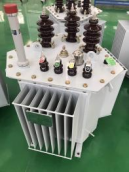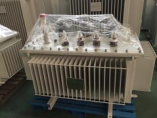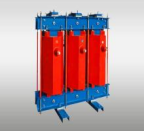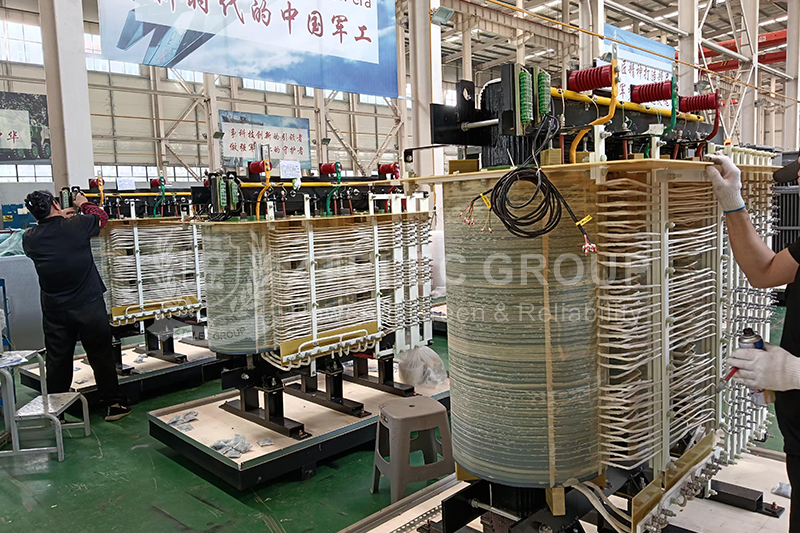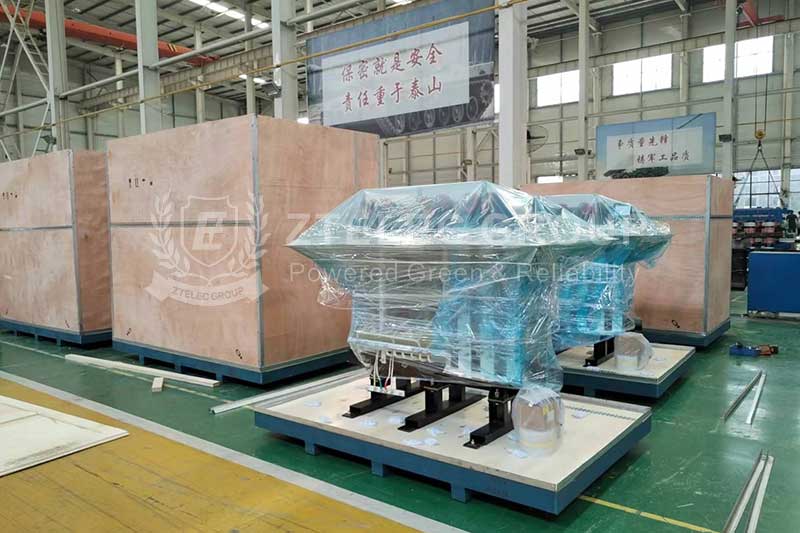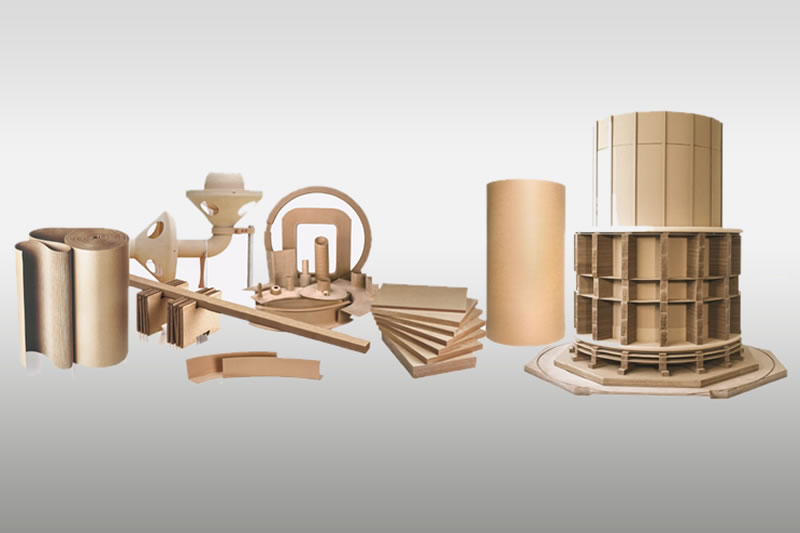Transformers for Charging Station Solutions: Types, Roles, and Applications
As electric vehicle (EV) adoption accelerates, charging stations are becoming essential infrastructure. Transformers serve as the backbone of these systems, converting high-voltage grid power into safe, low-voltage electricity suitable for EV charging.
The Role of Transformers in EV Charging Stations
1. Voltage Conversion
Grid electricity is typically transmitted at high voltages (e.g., 10kV, 35kV), while EV charging piles require much lower voltages (220V or 380V). Transformers efficiently convert this electricity through electromagnetic induction to deliver the appropriate voltage level for charging operations.
2. Electrical Isolation
The insulated design of transformers provides electrical isolation between the grid and charging equipment, preventing faults or interference from damaging EVs or charging infrastructure.
3. Power Distribution and Load Regulation
Transformers in charging stations adapt output power based on fluctuating load demands across different charging piles and time periods, balancing load distribution and avoiding overloads to enhance energy efficiency and stability.
Common Transformer Types in Charging Stations
Dry-Type Transformers
Advantages:
Oil-free design ensures fire and environmental safety
Low maintenance and quiet operation
Suitable for indoor and environmentally sensitive locations
Disadvantages:
Weaker heat dissipation compared to oil-immersed types
Larger size and higher cost
Ideal for: Indoor charging stations in malls, offices, residential garages, and locations with strict environmental and noise requirements.
Oil-Immersed Transformers
Advantages:
Superior cooling and overload capacity
Smaller footprint and lower cost for high-capacity needs
Disadvantages:
Risk of oil leakage and fire hazards
Requires regular oil maintenance
Higher noise levels
Ideal for: Outdoor, high-demand locations such as highways, logistics hubs, and service areas.
Application Scenarios for Transformers in Charging Stations
Urban Public Charging Stations
Located in commercial zones and transportation hubs, these stations require compact, low-noise, and safe transformers to handle peak loads in limited spaces. Dry-type transformers are preferred due to their fireproof and low-maintenance design.
Highway Service Area Charging Stations
These stations handle high power loads during peak travel periods. Oil-immersed transformers are ideal thanks to their excellent cooling and large-capacity performance, suited for fast-charging demands in harsh environments.
Residential Charging Stations
These stations require low-noise, reliable, and safe power for nighttime charging without disturbing residents. Dry-type transformers are most suitable due to their quiet, eco-friendly operation.
Dedicated Charging Stations (e.g., Logistics or Bus Depots)
With consistent high-power requirements, large-capacity oil-immersed transformers are used for centralized charging of fleet vehicles. These systems prioritize reliability and efficiency in managing multiple fast-charging piles simultaneously.
Conclusion: Choosing the Right Transformer for Charging Infrastructure
Transformers are critical components in the successful operation of EV charging stations. From voltage conversion and power distribution to safety assurance and system efficiency, their role cannot be overstated. When building or upgrading charging stations, it is essential to choose the right type and size of transformer based on specific site and operational needs.
As the industry advances, the use of smart, compact, and environmentally friendly transformers will become a major trend, improving the efficiency and safety of EV infrastructure and supporting the global shift toward clean energy transportation.
Related to our products: Explore our range of charging station transformers
|
Sequence number |
Product name |
Model |
Application |
Pictures |
|
1 |
Three-dimensional oil immersed transformer
|
S13-M-30~6300/10 series |
In energy projects, this transformer can be integrated in a limited space to meet the needs of stable power supply in complex environments such as high altitude and cold. |
|
|
2 |
S(B)H15-M-30~1600_10 series |
This transformer has ultra-high efficiency characteristics and low losses, helping to reduce SO2 and CO2 emissions from power plants. |
|
|
|
3 |
/ |
This kind of transformer has the advantages of small size, good flame retardant, low loss and strong short-circuit resistance, which make it widely used in the energy field |
- more+releated article
- 2025-12-13How to Select and Use Phenolic Cloth-base Lami
- 2025-12-13How Much Does Bakelite Sheet Cost? 2025 Price
- 2025-12-13Why are most 3240 epoxy boards yellow?
- 2025-12-13What are the Main Applications of FR4 Epoxy Bo
- 2025-12-13Why Does the Price of Insulating Paperboard Va
- 2025-12-13Heat-Resistant DDP Insulation Paper
- 2025-12-13Comparison of Heat-Resistant DDP Insulating Pa
- 2025-12-13G10 and FR4 Epoxy Boards: Commonly Used for Ge
- 2025-12-13The Price of Heat-Resistant DDP Insulation Pap
- 2025-12-13How to Choose Epoxy Laminate Materials for Gen

